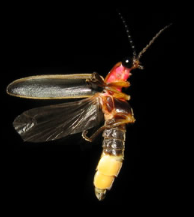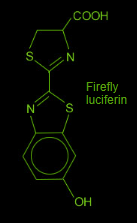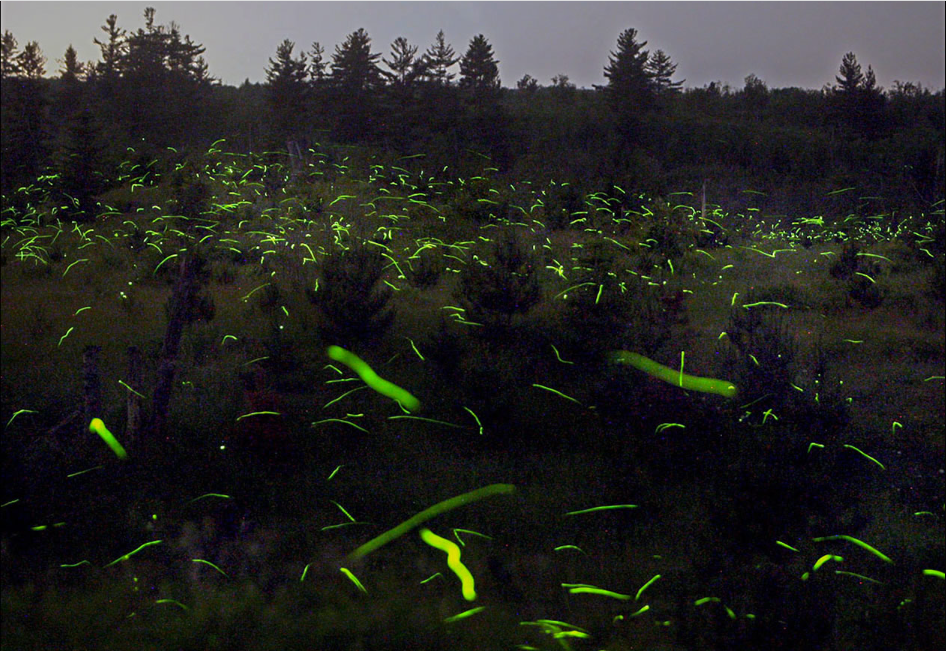Fireflies and LEDs - OPOD
Fireflies and LEDs: Nature's Light Show and Human Innovation
Fireflies have long captivated our imagination with their enchanting flashes of light on warm summer nights. These winged beetles emit light from specialized cells in their abdomen, using it as a signal to attract and accept a mate. The phenomenon of firefly flashes and trails dancing in the evening air is truly magical. While fireflies may seem like creatures of fantasy, their light production process is grounded in scientific principles.
Light production in fireflies is the result of chemical reactions that occur within their bodies. These reactions are highly efficient, with a conversion efficiency of over 50%. In comparison, LED lighting typically has an efficiency of 5-15%, while traditional filament lamps lag behind at only 2%. The light-producing reaction in fireflies involves a molecule called luciferin, which is acted upon by an enzyme called luciferase. Oxygen, magnesium ions, and ATP (adenosine triphosphate) are also necessary components.
The chemical reactions take place at specific sites on the surface of the luciferase enzyme, which acts as a catalyst. Luciferin reacts with ATP, forming a compound known as dioxetanone with a peroxide ring. This compound then reacts with oxygen, resulting in the formation of an electronically excited oxyluciferin. Finally, the excited oxyluciferin emits the photon of light that we see as the firefly's glow.
Interestingly, fireflies have evolved a clever design to maximize the efficiency of light emission from their abdomens. To minimize light loss when transitioning from their highly refractive internal medium to air, fireflies have a sharply stepped transparent "lantern" structure. This design reduces the amount of light that gets trapped or scattered within the firefly's body, allowing more light to escape into the surroundings. Researchers have even mimicked this lantern design to increase the overall efficiency of test LEDs by an impressive 55%.
While fireflies demonstrate the beauty and efficiency of natural light production, human innovation has also led to the development of LED lighting. LEDs (light-emitting diodes) have revolutionized the lighting industry with their energy efficiency and long lifespan. However, despite their advantages, LED lighting still falls short of the efficiency achieved by fireflies. By studying and understanding the mechanisms behind firefly light production, scientists and engineers hope to further improve the efficiency of LED technology.
Unfortunately, fireflies face numerous challenges in their natural habitats. Loss of habitat and increasing light pollution are among the factors contributing to the decline in firefly populations. These insects are often found near pond and stream margins, marshy areas, or damp forest floors. Unlike many other insects, fireflies are not travelers; they are born and live their entire lives in one spot. Therefore, any disruption or destruction of their habitats can have a significant impact on their populations.
As humans, we have a choice to make. We can continue to illuminate our surroundings with poorly shielded bright security lights, contributing to light pollution and potentially further endangering fireflies and other nocturnal creatures. Alternatively, we can take steps to reduce light pollution, preserve natural habitats, and appreciate the beauty of fireflies and the stars in our night skies.
In conclusion, fireflies are not only captivating creatures that bring wonder to summer nights but also serve as a source of inspiration for scientific exploration and innovation. Their efficient light production mechanisms have inspired researchers to improve LED technology. By understanding and mimicking the firefly's lantern design, scientists hope to create even more efficient and sustainable lighting solutions. Let us cherish and protect these tiny bioluminescent beings, for they remind us of the delicate balance between human progress and the preservation of the natural world.

Fireflies ~ Astronomy writer Bob King captured this magical scene of fireflies darting and signalling in the evening gloaming. Jupiter blazes at upper left.
Images ©Bob King, shown with permission

The common eastern US firefly imaged by Art Farmer, Evansville, Indiana. Wiki Creative Commons
Firefly flashes and trails enchant the evening air.
They are winged beetles and emit their light continuously and in measured flashes from specialised cells in their abdomen. The light is to signal and in particular to attract and accept a mate. Sometimes thousands synchronise their flashes.
Fireflies are fond of pond and stream margins, marshy land or damp forest floors. They are not travellers, they are born and live their lives in one spot.
Human activities are reducing their numbers. Loss of habitat and increasing light pollution are thought to be factors.
Perhaps we can have our poorly shielded bright security lights or we can have fireflies and the stars.

Light production is by chemical reactions. It is highly efficient (+50%), more efficient than our LED lighting (5-15%) and especially filament lamps (2%).
A molecule, called generically a luciferin, is acted on by an enzyme ( generically a luciferase). Oxygen, magnesium ions and life’s ubiquitous energy transfer molecule ATP (adenosine triphosphate) are necessary too. The reactions take place at a specific site on the surface of the large enzyme molecule that act as a catalyst. Luciferin reacts with ATP. Then the product reacts with oxygen to form a compound (dioxetanone) with a peroxide ring. The unstable peroxide splits off carbon dioxide leaving an electronically excited oxyluciferin. That in turn emits the photon we see.
We copy its lantern. Light produced inside the firefly's abdomen has to get out. There is always a light loss when going from a highly refractive medium into air. The firefly smartly minimises this with a sharply stepped 'factory roof' transparent 'lantern'. Recently, researchers have mimicked the design to increase the overall efficiency of a test LED by 55%.

Note: this article has been automatically converted from the old site and may not appear as intended. You can find the original article here.
Reference Atmospheric Optics
If you use any of the definitions, information, or data presented on Atmospheric Optics, please copy the link or reference below to properly credit us as the reference source. Thank you!
-
<a href="https://atoptics.co.uk/blog/fireflies-and-leds-opod/">Fireflies and LEDs - OPOD</a>
-
"Fireflies and LEDs - OPOD". Atmospheric Optics. Accessed on November 26, 2024. https://atoptics.co.uk/blog/fireflies-and-leds-opod/.
-
"Fireflies and LEDs - OPOD". Atmospheric Optics, https://atoptics.co.uk/blog/fireflies-and-leds-opod/. Accessed 26 November, 2024
-
Fireflies and LEDs - OPOD. Atmospheric Optics. Retrieved from https://atoptics.co.uk/blog/fireflies-and-leds-opod/.